- Mahsa S. Y.
- information
- 497 views
- 0 comments
Before European settlers came to what is now Canada, the land was home to many Indigenous peoples. These groups had complex societies, languages, traditions, and spiritual beliefs connected to their land. They had unique cultures and lived in harmony with the environment, thriving through hunting, gathering, fishing, and agriculture. Indigenous histories are rich and represent thousands of years of knowledge, innovation, and community.
Canadian Indigenous Nations and Cultural Regions
Before the arrival of colonizers, Indigenous peoples in Canada were not a single group. Instead, they were made up of many nations, each with its language, governance, and culture. These nations can be categorized into cultural regions, which were influenced by the environment and the resources found in their specific territories. You probably used to believe that the reasons for the existence of multiculturalism in Canada are colonization and immigration; nonetheless, a critical reason for the cultural rainbow is the variety of Aboriginals, too.
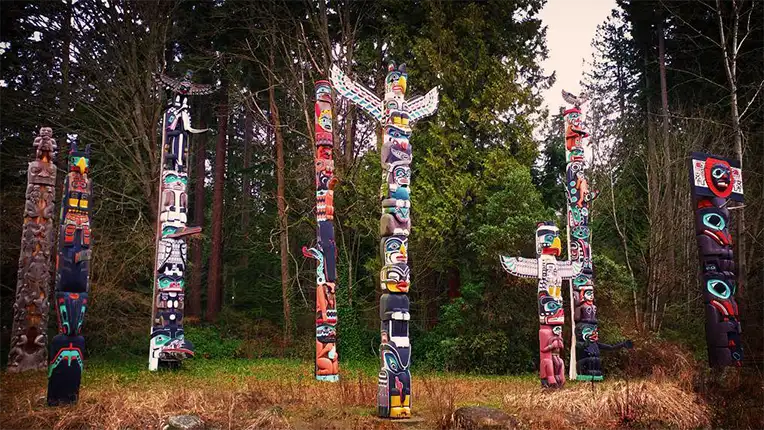
Eastern Woodlands' Indigenous Culture
The Eastern Woodlands, which encompasses much of the eastern part of present-day Canada, was home to groups such as the Haudenosaunee (Iroquois Confederacy) and the Algonquian-speaking peoples. These communities lived in both permanent and semi-permanent settlements, practicing agriculture, particularly the cultivation of corn, beans, and squash (often referred to as the "Three Sisters").
- Iroquois Confederacy: Formed by five (later six) nations—the Mohawk, Oneida, Onondaga, Cayuga, Seneca, and Tuscarora—the Iroquois Confederacy is renowned for its sophisticated political system and the Great Law of Peace, which inspired democratic principles.
- Algonquians: These semi-nomadic groups relied heavily on hunting and gathering, using the vast boreal forests for game and the rivers for fishing. To support their mobile lifestyle, they built wigwams, portable dwellings made from natural materials.
The residences, referred to as longhouses, provided shelter for large, interconnected families. These families operated within a matrilineal structure, in which ancestry and property were transmitted through the maternal line.
Cyrus Crafts; Luxury & Unique Products
Plains Cultures Indigenous People
The Great Plains, covering central Canada, was home to nomadic Indigenous groups such as the Blackfoot Confederacy, Cree, and Assiniboine. The vast open prairies shaped the culture and livelihood of these groups, who relied heavily on the buffalo (bison) for food, clothing, shelter, and tools.
- Buffalo Hunting: The Plains peoples were masterful buffalo hunters, and large communal hunts were critical to their survival. They developed innovative hunting strategies, including driving buffalo into enclosures or over cliffs in mass hunting events.
- Tipis: The nomadic lifestyle of the Plains peoples required portable housing, and they used tipis—conical tents made from buffalo hides and wooden poles—which could be quickly assembled and disassembled.
Pacific Northwest Cultures of Indigenous
In the coastal regions of what is now British Columbia, Indigenous groups such as the Haida, Tlingit, Tsimshian, and Nuu-chah-nulth thrived in an environment rich with marine resources. These peoples developed complex societies known for their art, woodworking, and potlatch ceremonies.
- Totem Poles: Totem poles, towering wooden sculptures, depicted the history, ancestry, and beliefs of the Pacific Northwest peoples. They were carved with intricate figures representing clan symbols, animals, and mythological beings.
- Potlatch: A central aspect of these cultures was the potlatch ceremony, a gathering where wealth was redistributed, social status was affirmed, and community ties were reinforced. During potlatches, the host would give away possessions to demonstrate wealth and power.
Arctic Cultures of Canadian Aboriginals
In the far north, the Inuit peoples inhabited the Arctic tundra, an unforgiving environment of ice and snow. Their culture was shaped by their ability to survive in one of the harshest climates on Earth, relying heavily on sea mammals, such as seals, walruses, and whales, for sustenance and materials.
- Igloos and Kayaks: The Inuit are renowned for their skill in constructing igloos—dome-shaped snow shelters—and kayaks, lightweight boats made from seal skins stretched over frames, ideal for navigating the icy waters.
- Inuksuk: Inuksuks, stone landmarks used for navigation and hunting, remain iconic symbols of Inuit culture, serving as guides across the vast Arctic landscape.
If you wonder whether Canadians do revival actions to bring these fantastic customs into modern Canada, the answer is yes. Here is a brief review of "Canada Indigenous Culture Revival."
Indigenous Canadians' Spiritual Beliefs and Rituals
Indigenous spiritual beliefs were deeply tied to the land, animals, and natural forces. Many Indigenous peoples believed that all living and non-living things possessed spirits, and their worldviews were based on the interconnectedness of humans, animals, plants, and the Earth. Their practices often included ceremonies that honored the seasons, the hunt, and the spirits of ancestors. These ceremonies were not merely religious but also crucial to social cohesion, cultural continuity, and the transmission of knowledge.
Animism among Canadian Indigenous
Many Indigenous cultures practiced animism, the belief that animals, plants, rocks, and elements of the natural world held spiritual significance. They saw humans as part of this intricate web, living in harmony and balance with the environment.
Shamanism of Indigenous Canadians
Spiritual leaders, or shamans, played a crucial role in Indigenous communities as healers, guides, and intermediaries between the physical and spiritual worlds. They conducted rituals, healing practices, and ceremonies to maintain the health of individuals and the community.
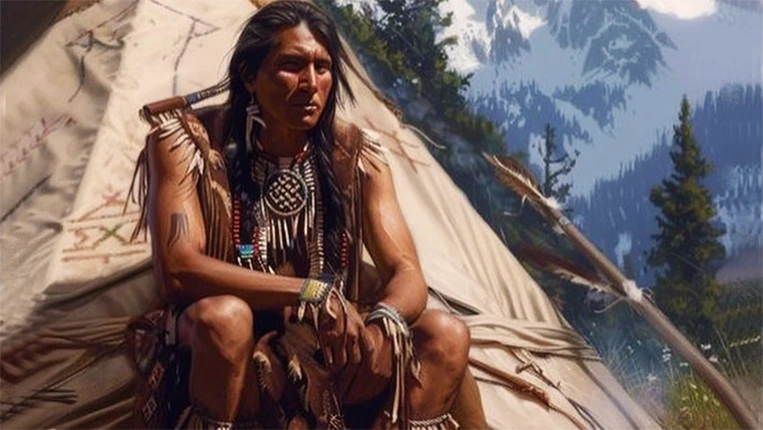
Governance and Social Structures in Canadian Indigenous History
Indigenous societies were organized into complex social structures, often centered around clans or kinship systems. Leadership roles varied among nations but were typically based on consensus and respect for wisdom and experience.
Matrilineal Societies in Canadian Indigenous History
In several Indigenous nations, particularly among the Haudenosaunee and certain Pacific Northwest groups, descent and leadership passed through the female line. Women typically held significant power in decision-making, both within their families and in broader governance structures.
Consensus Decision-Making of Indigenous Canadians
Many Indigenous governance systems relied on consensus rather than hierarchical or autocratic leadership. Decisions were regularly made collectively, with a strong emphasis on the welfare of the entire community and future generations.
A Review of Canadian Indigenous Cultures and History
Before European colonization, the Indigenous peoples of Canada had well-developed, diverse, and thriving cultures that reflected their deep connection to the land and natural world. From the agricultural societies of the Eastern Woodlands to the nomadic buffalo hunters of the Plains and the maritime nations of the Pacific Northwest, Indigenous groups possessed unique social structures, spiritual beliefs, and governance systems. Their ways of life were disrupted and irrevocably altered by colonization, but their cultures, knowledge, and traditions continue to endure and revitalize today. Indigenous peoples' history is a testament to resilience, adaptation, and the profound relationship between humanity and the environment.
CyrusCrafts is a Toronto-based dropshipping company founded to deliver unique and luxurious products from different regions of the world to customers worldwide. Our offerings include Persian rugs, handicrafts, unique furniture, decorative items, clothing for both genders, accessories, and rare food products such as pistachios, saffron, and caviar. To place an order and have it delivered to your address, simply fill out the order form or message us on WhatsApp by clicking the icon.








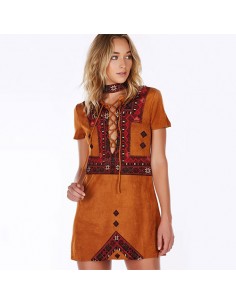

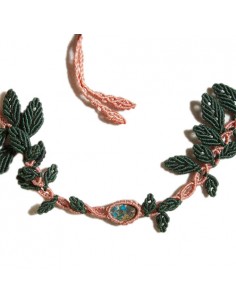



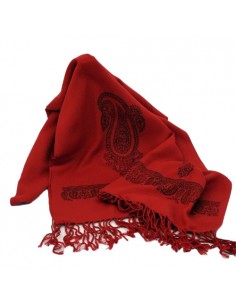

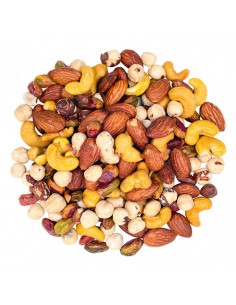

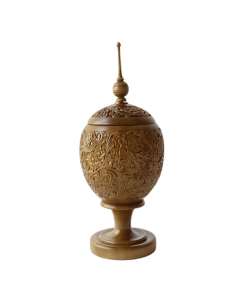

Comments (0)